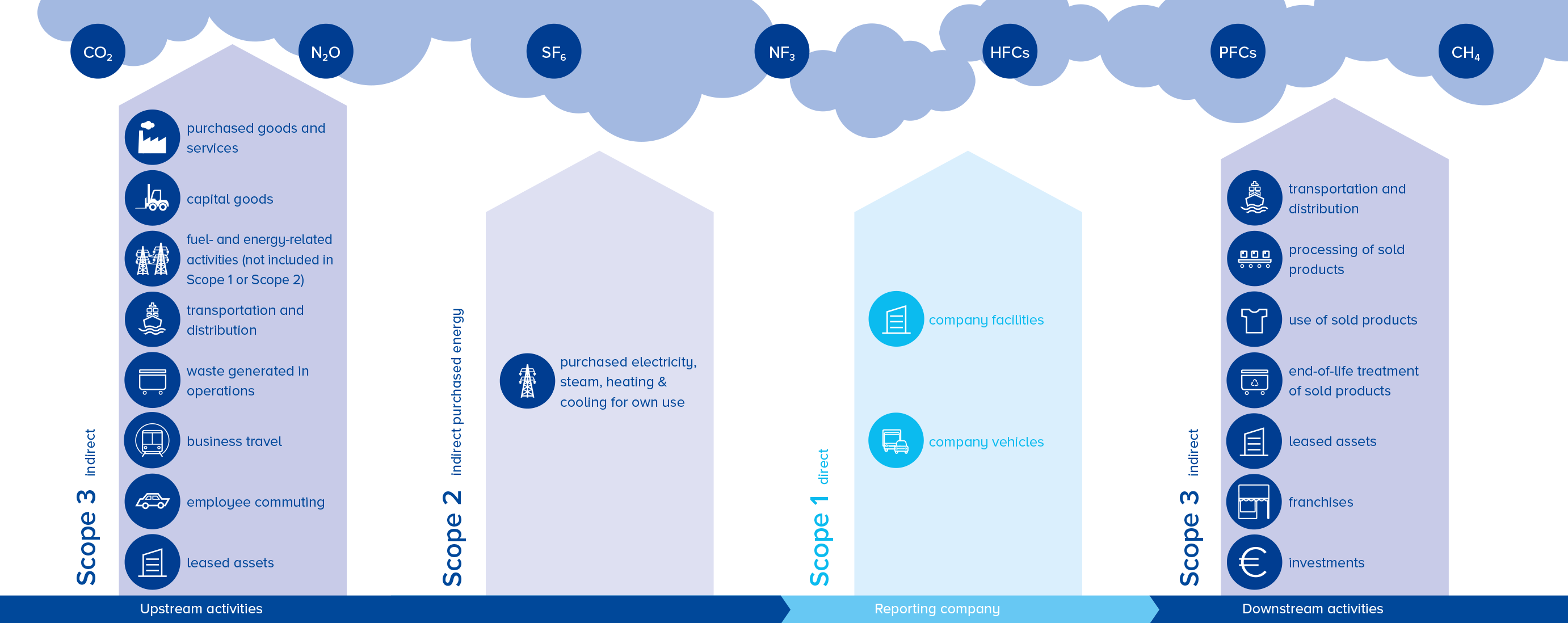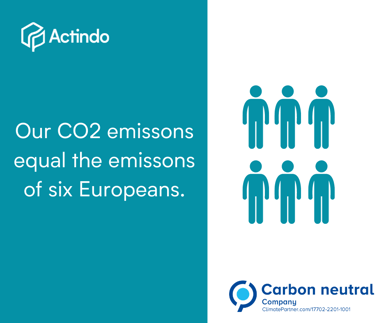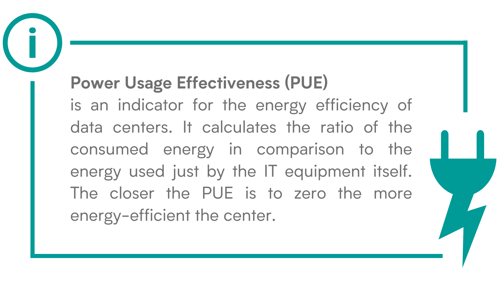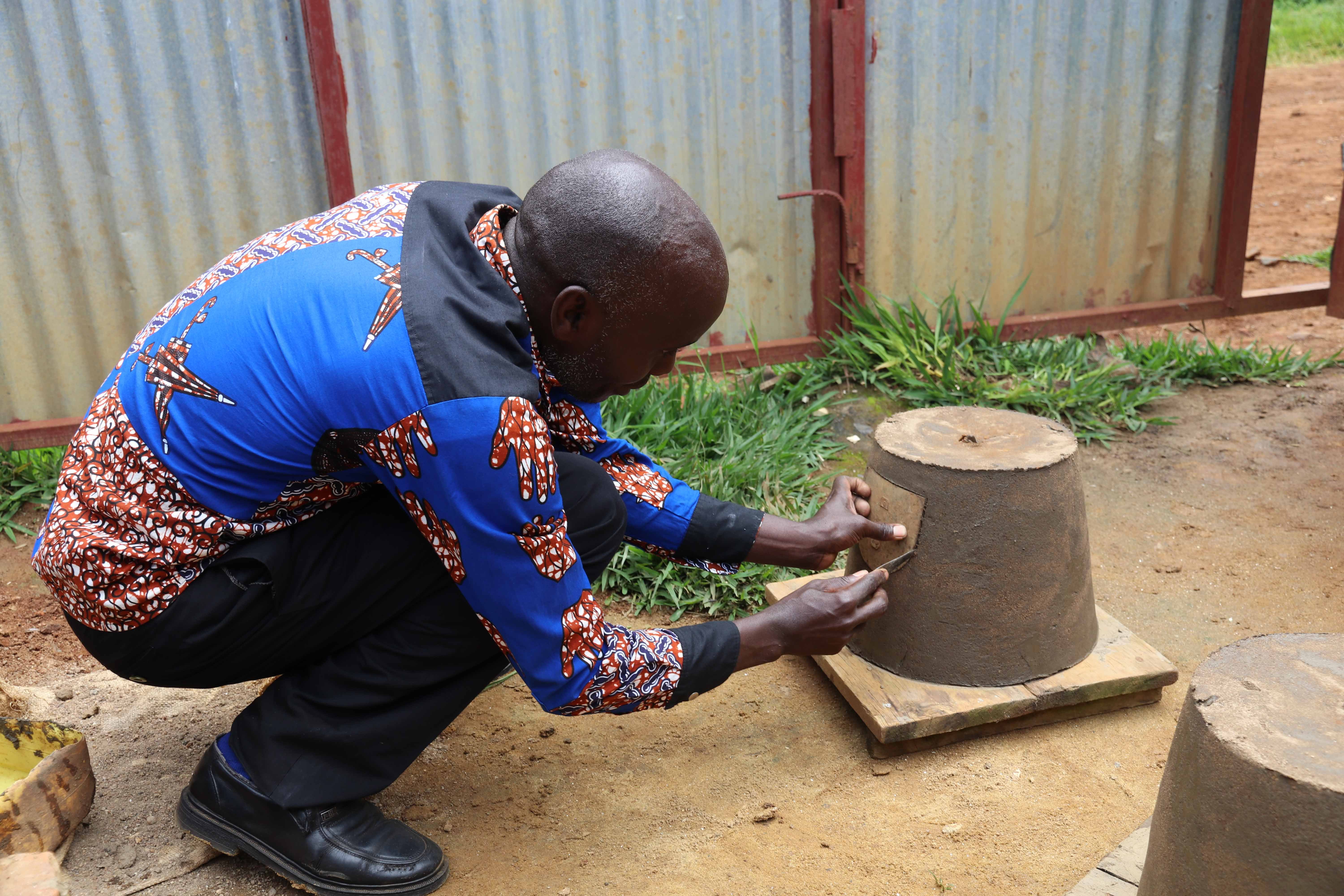3 Use Cases for Social Commerce with Actindo
Social commerce is set to hit a staggering $1.2 trillion in worldwide sales by 2025. Platforms like...
Often, it’s the little things in life that help us all to protect our environment: Using the bike rather than the car, reducing meat consumption, eating a locally farmed apple rather than a mango, … But what contribution can companies like Actindo make to reach the ambitious goals of the Paris Climate Agreement?
Let's get one thing straight from the very beginning: We are not emisson-free! And of course, we’ve got a long way ahead of us in order to become even more environmentally friendly! However, we’d like to take you with us on our journey. We wish to show you what we have achieved so far and which goals we want to reach in the future.
Being certified as a climate-neutral company in January 2022 was a milestone for us. In cooperation with ClimatePartner, we calculated our corporate carbon footprint and have since compensated for all emissions generated.
The Corporate Carbon Footprint (CCF) is a bundle of several CO2 footprints displayed for each company. ClimatePartner calculated our footprint in accordance with the Greenhouse Gas Protocol Corporate Accounting and Reporting Standards (GHG Protocol). In order to provide the most accurate value possible, ClimatePartner used consumption data as well as CO2 equivalents and comparative values from the market along with national averages.
Besides the well-known carbon dioxide there are several other gases, that harm the climate. Methane being one of them. All of these gases have a different impact on the earth's atmosphere and remain in it for different periods of time. To make their effects comparable they are converted into greenhouse potentials, which refer to a pre-defined period (usually 100 years) and are expressed in so called CO2 equivalents.
To illustrate, here is an example: The CO2 equivalent for Methane is 28. This means that it is 28 times as harmful for the environment as CO2.
So, when we talk about our emissions in carbon dioxide in the following, this includes other gases too.
In order to provide a good representation of the different areas in which emissions are generated, the total emissions were divided into three levels:  Source: ClimatePartner
Source: ClimatePartner

All emissions of Actindo combined result in a value of 51,566,49 kg CO2. This corresponds to the average annual consumption of six Europeans. However, the biggest drivers are not our vehicle fleet or our data centers, but the emissions generated by our colleagues in their home offices. A full 50% of our total emissions are derived from this.
But why is that? As a business we only have a limited impact on the emissions caused by our employees at home. Nevertheless, we want to try to address this issue in the future, for example by offering climate training. On the other hand, we have a great deal of influence on our data centers and our vehicle fleet. At the end of the day our emissions in these areas are quite low, because we decided to cut down emissions here as much as we could.
Our (to be honest rather small) vehicle fleet consists only of cars with electrical or hybrid engines, and when choosing service partners for our data centers, we placed high emphasis on their sustainability. With a PUE value of 1.2, both data centers are among the most energy-efficient of their kind in Europe. Both rely on sustainable processes that keep emissions as low as possible. Our data center, for example, uses the KyotoCooling process, which allows cooling without the energy consumption of conventional compressors for more than 90 % of the year. They also only use renewable energy sources for electricity.

We try to avoid unnecessary business trips and rather meet up online. If it is necessary to meet in person and travel by plane, the arisen emissions will be compensated for. Another way, in which we are trying to cut down on emissions, is reducing paper used in our daily office tasks. That might be easier for a software company than for other industries, but we also have various contracts and documents that need to be shared and signed. To reduce our paper consumption, we use a software which allows us to digitally sign and manage documents in a legally valid way.
So, what are we going to do with these calculations? On the one hand, they show us where we still need to make improvements. On the other hand, they form the basis of our CO2 compensations. Together with ClimatePartner we have selected an internationally recognized foundation for climate protection. To ensure that all emissions are compensated within the system limits, a further 10% are added. This increases the CO2 emissions to be offset from 51,566.49 kg to 56,723.14 kg.
The Nyungwe Forest National Park in Southwest Rwanda is home to one of the largest mountain rainforests in Africa and is rich in biodiversity. The problem, however, is that this park is also densely populated, and the population is constantly growing. Thus, more and more firewood is needed by the people living there which endangers the unique ecosystem.
Traditionally, families cook over an open three-stone fire. This is not only unsustainable but also a serious threat to people's health due to the heavy smoke emissions. Thanks to the project, efficient and cleaner cooking stoves, made from local clay and sand, can be used. This so-called Canrumwe model uses two-thirds less fuel than the conventional three-stone method and is therefore a much more efficient alternative. Those cooking stoves are offered at a subsidized price so that low-income households can afford them as well. You can find more information here.
 Source: ClimatePartner
Source: ClimatePartner
We know that there is still a long way ahead of us to become environmentally friendly. That’s why we want to keep improving! As we learned from the ClimatePartner report, the main driver of our emissions is the remote office. Therefore, we are currently looking for ways to influence this. One option would be to offer special climate trainings for our colleagues, where they can learn more about the topic. We will also be switching all our offices to green electricity and looking for new locations that are energy-efficient.
We are excited about what we have achieved so far in terms of being more environmentally friendly and that we can call our company climate-neutral. Nevertheless, we still have a long way to go and we would like to keep you posted.
Social commerce is set to hit a staggering $1.2 trillion in worldwide sales by 2025. Platforms like...
As consumer expectations shift inexorably towards omnichannel experiences, Distributed Order...
Some companies got through the Corona crisis more easily than others because of their digital...